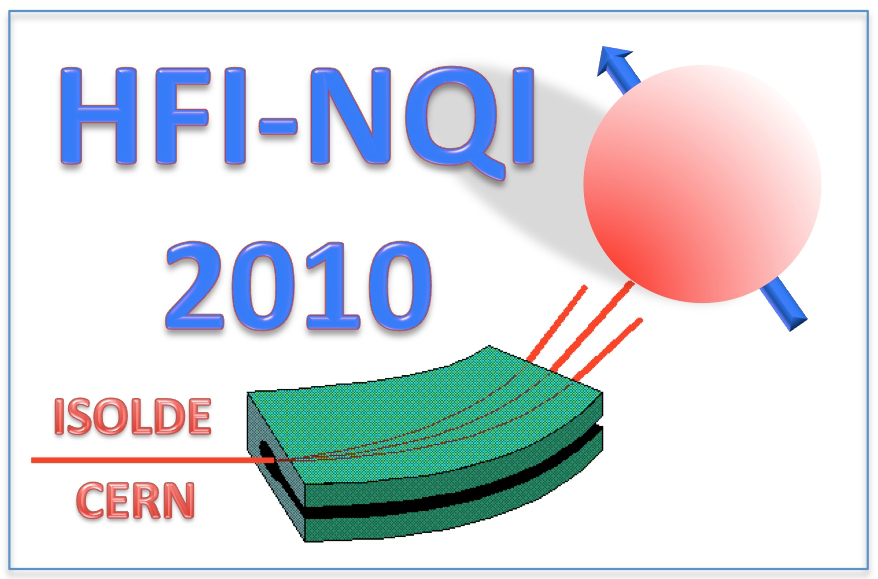Speaker
Prof.
Artur Carbonari
(IPEN)
Description
The search for room temperature ferromagnetism in wide band gap semiconductor oxides has been quite intensive in the last years. In particular, ZnO has attracted attention since theoretical calculations[1,2] have indicated that ZnO when doped with a transition metal like Co or Mn should present ferromagnetism at room temperature. The results instead of clarifying this issue have however brought more doubts. While many experimental studies confirm the occurrence of ferromagnetism, several others do not observe magnetic order in such compounds. Hyperfine interactions, by their nature seem to be very suited to investigate these materials and tell something about the existence and origin of the magnetism in such compounds. In the present work powder and bulk samples of ZnO doped with 10 % of Co were prepared by sol-gel method from highly pure metallic Zn(99.9999%) and Co(99.9999%). The samples were characterized by X-ray diffraction (XRD), scanning electron microscopy (SEM), energy dispersive X-ray spectroscopy (EDS) and perturbed gamma-gamma angular correlation (PAC) spectroscopy. In order to carry out PAC measurements carrier-free 111In nuclei were introduced during preparation of the samples and used as probe nuclei in Zn sites. The XRD patterns showed that no second phase appeared and SEM images indicated that the samples are highly homogeneous. PAC measurements were carried out in the temperature range from 50 K to 295K and the results at 295K before cooling down showed that samples of ZnO doped with Co have the same electric quadrupole frequency reported in literature for pure ZnO. This observation indicates that Co ions are substituted for Zn ions and have a similar electronic structure of Zn ions. Below room temperature one of the samples showed a combined magnetic and electric hyperfine interaction from which a magnetic hyperfine field around 1.9 T has been extracted. The temperature dependence of this field showed unusual behavior indicating a first order transition around 300 K which suggests a different type of magnetism.
| Are you a student, a delegate from developing countries or a participant with physical needs and would like to apply for a sponsored accomodation. Please answer with yes or no. | yes |
|---|---|
| Please specify whether you would prefer an oral or poster contribution. | poster |
Author
Prof.
Artur Carbonari
(IPEN)
